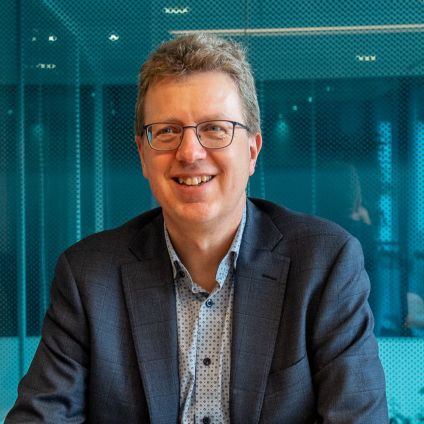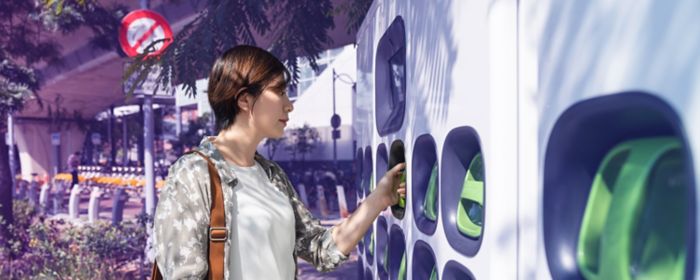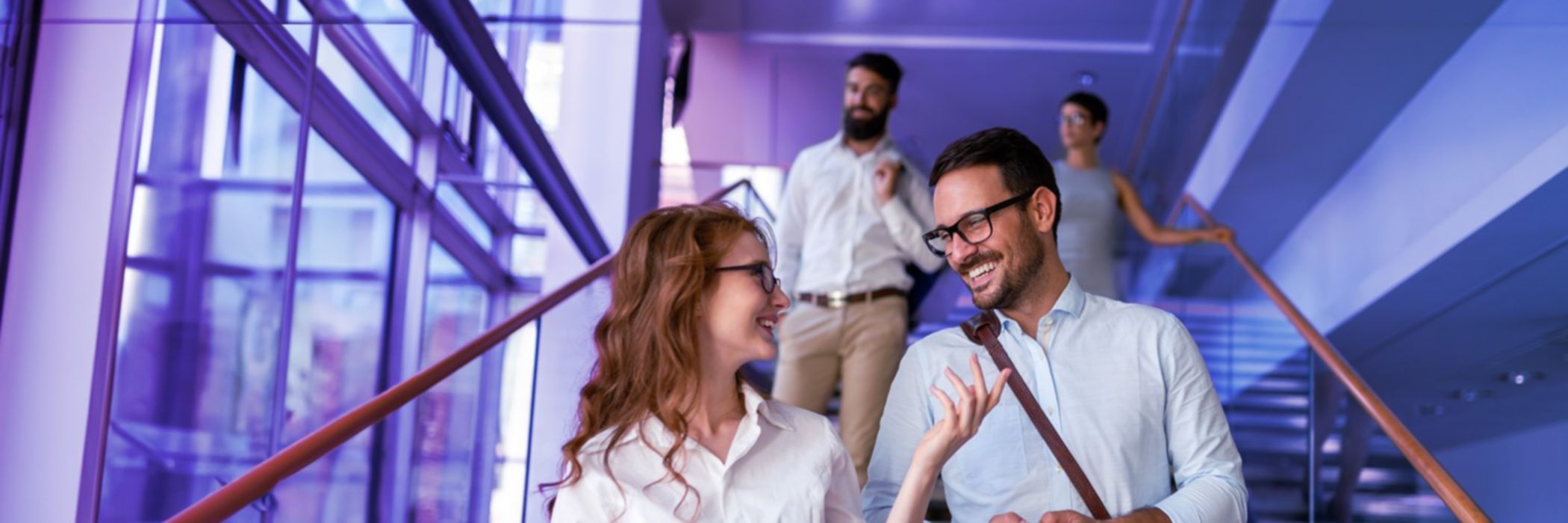KPMG helps Philips
Philips has ambitious goals for circularity. The objective is for 25% of revenue to be generated from circular products and services by 2025. This could involve reusing (parts of) (current) products, but also producing products differently, by designing them to be more circular, or by (partly) digitising them. "This is not only a noble, but also a necessary endeavour," says Harald Tepper, Senior Director Group Sustainability and Global Lead Circular Economy, EcoDesign and ESG Transformation at Philips. "Healthcare is one of the most polluting sectors in the world, especially due to the intensive use of materials. That's why Philips, as a leader in health technology, has put reusing materials at the heart of its innovation process and strategy."
Circularity, in other words, for the good of the planet. But also, because investing in the circular economy business-wise is the best way to stay relevant in the future.
Since 2016, Philips' circular revenue has grown from 8% to 18% of total revenue. So, by 2025, the goal is to reach 25%, but to make sense of that growth, something essential is needed: being able to measure circularity even better, in line with the latest trends and insights.
What request did Philips approach KPMG with?
The request Philips brought to KPMG was: help us update and refine our measurements, in line with the latest trends and insights, so that we can demonstrate how much of what we put on the market, as measured by our revenue, contributes to the circular economy.
Harald Tepper explains: "Being able to measure circularity and circular revenue is essential for driving an organisation, but when we started doing this there were no real (external) metrics." Philips therefore had to develop its own measurement methods and set benchmarks in order to establish a measurement framework to measure circularity and steer towards targets. First for things like circular revenue, getting our devices back at the end of their useful life and reducing waste, and now also for things like circular design and the impact of digitalisation. But an update was needed. Tepper recalls: "Last year, we realised that with our own methodology we were no longer fully covering all circular activities within Philips and that we needed to refine some of our definitions." KPMG was asked to help future-proof the methodology and keep it in line with external developments.
Why did Philips choose KPMG?
According to Tepper: "We deliberately chose KPMG as a leading consultancy on circularity. KPMG has deep expertise in this area and is working with the World Business Council for Sustainable Development, in particular on setting up the Circular Transition Indicators (CTI) framework. This is a framework created by and for organisations to guide you through measuring and driving circularity in a unified way in seven steps."
KPMG was asked to join as a strategic sparring partner in developing new metrics for circular practices not yet covered by existing metrics. On top of that, KPMG's audit expertise ensures that the newly developed measurement method meets the requirements to be imposed on it and current trends.
We had a great time with the KPMG colleagues, working together as one team, in an atmosphere of mutual respect and freedom of speech.

What was the plan of approach?
Together with KPMG, ten areas for improvement in Philips's current circular revenue measurement method were identified. These were divided into two types of improvements. The first involved improvements for items for which measurements already existed but needed to be tightened up. KPMG helped identify and assess problems and tighten definitions.
The other improvements concerned items for which new measurements needed to be developed in cooperation with KPMG.
What insights contributed to the solution?
Tepper says: "The key insight – and thus immediately challenging – was that measurement methods need to be customised to work for your company and therefore sometimes need to be very specific, while at the same time remain in line with global standards, which are often more generic. Fortunately, we managed to do that very well."
Furthermore, it turned out that while the theoretically best solution is often a good dot on the horizon, it is sometimes not yet practically feasible. As explained by Tepper: "In our case, we found out that it is often necessary to design your products for recycling first, before you can think about adding more recycled materials."
Finally, some activities were already more advanced than the current measurement standards for circularity, such as upgrades and life-cycle extensions of equipment and the positive environmental impact of digital services. An approach therefore had to be developed for those without an external benchmark.
Suzanne Kuiper, Senior Manager Sustainability & Circular Solution Lead at KPMG explains: "Our years of experience in supporting organisations in their circular transition has provided many cross-company and cross-sector insights. This is also the mission in a circular economy: to close production and consumption cycles at local or regional level and then disseminate the knowledge about this and experiences with it globally."
Concrete actions
Three concrete actions contributed to answering the question. First, in terms of content, solutions were provided in different and therefore separate areas of improvement, but while maintaining a good view of the overall impact of all changes.
In addition, it was essential to work with the right sources within Philips to guarantee practical implementation. According to Tepper: "Organisationally, this was sometimes difficult, but it was more than successful."
And finally, a steering committee was set up with senior leaders from both Philips and KPMG to make key decisions. Kuiper encourages this approach: "That true partnership not only works better in terms of content, it also ensures shorter lines of communication and faster and better decisions."
Real solutions
Tepper is satisfied with the results of the collaboration: "We have a new, refined and future-proof measurement framework that will help us meet our objectives for 2025 and beyond. In other words, we now know how to measure the contribution to circularity of everything we do, and how to translate those contributions into what we call circular revenue. We are now implementing this sharpened measurement framework in the organisation.
In addition, in collaboration with KPMG, we are writing a publication sharing our lessons learned with other companies to inspire them on their circularity journey. I hope this publication will motivate others to also set ambitious circular economy goals and stay on track to achieve them."




